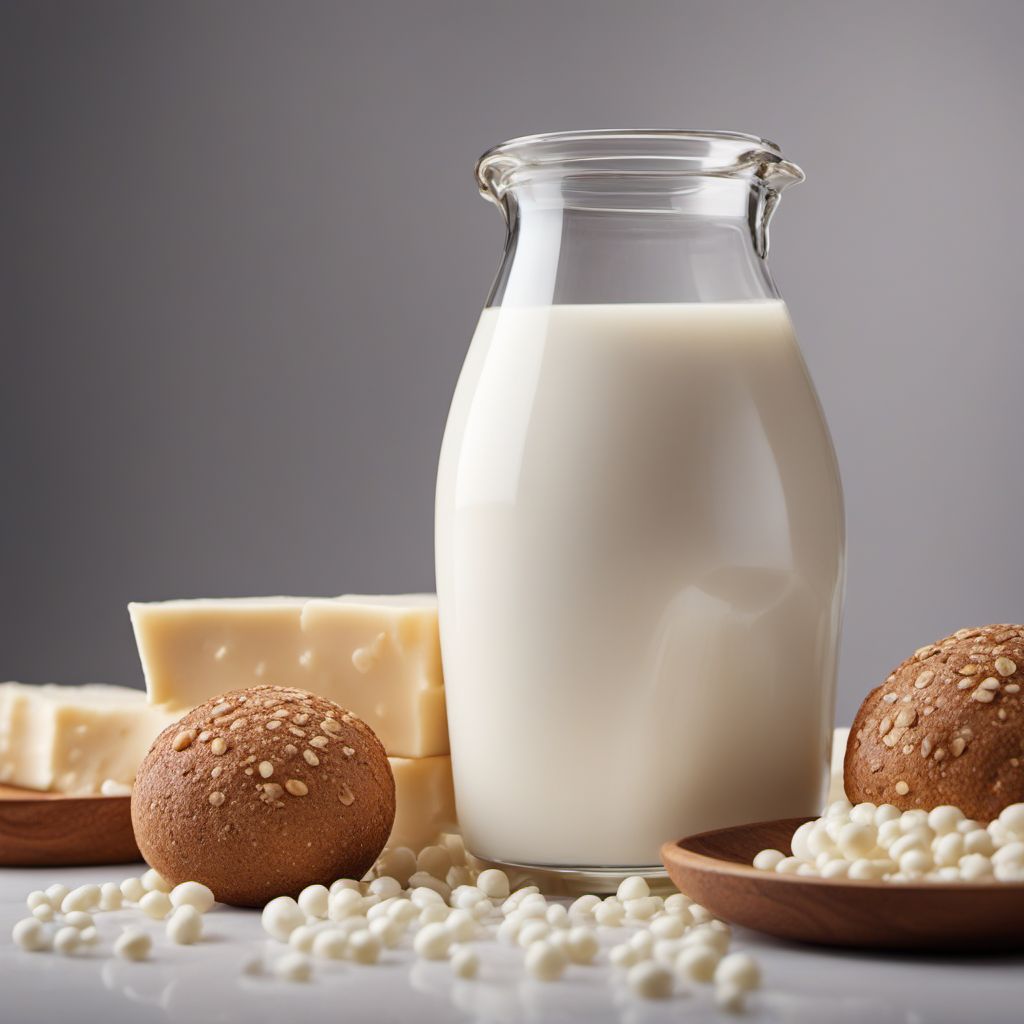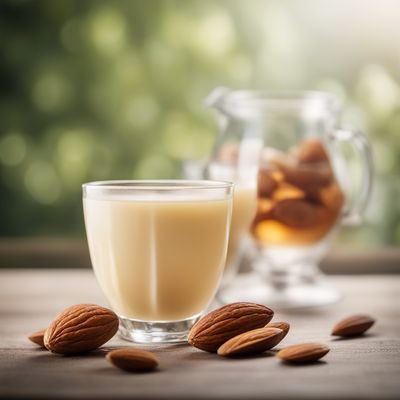
Ingredient
Milk imitates
The Dairy Alternative: Milk Imitates
Milk imitates are made from various plant sources such as almonds, soybeans, oats, or coconuts, and come in a variety of flavors and textures. They can be creamy, nutty, or subtly sweet, and are often fortified with vitamins and minerals to mimic the nutritional profile of dairy milk. Milk imitates are commonly used as a dairy substitute in cooking, baking, and beverages.
Origins and history
The concept of milk imitates dates back centuries, with early examples of non-dairy milk substitutes being used in Asian and Middle Eastern cuisines. In recent years, the popularity of milk imitates has surged due to the growing demand for plant-based and lactose-free alternatives. Today, milk imitates are widely available and have become a staple in vegan and dairy-free diets.
Nutritional information
Milk imitates are typically lower in calories and fat compared to dairy milk, making them a popular choice for those seeking a lighter alternative. They are often fortified with vitamins and minerals, such as calcium and vitamin D, to provide similar nutritional benefits as dairy milk. However, it is important to check the labels, as the nutritional content may vary depending on the brand and type of milk imitate.
Allergens
Milk imitates can be allergenic for individuals with nut or soy allergies. Some brands may also contain additives or thickeners that can cause sensitivities or allergic reactions in some individuals. It is important to read the labels carefully and choose milk imitates that are free from allergens or additives that may trigger allergies.
How to select
When selecting milk imitates, consider the flavor and texture that best suits your preferences and culinary needs. Opt for unsweetened varieties if you prefer a more neutral taste or if you want to control the sweetness in your recipes. Look for brands that use high-quality ingredients and avoid those with added sugars or artificial additives.
Storage recommendations
To maintain the freshness and quality of milk imitates, store them in the refrigerator at temperatures below 40°F (4°C). Once opened, consume them within a week to ensure optimal taste and texture. Shake well before use, as some separation may occur due to the absence of stabilizers or emulsifiers in certain brands.
How to produce
Producing milk imitates at home can be a fun and rewarding process. Many plant-based milk imitates, such as almond milk or oat milk, can be made by soaking the respective ingredients in water, blending them, and straining the mixture to remove any solids. There are numerous recipes and tutorials available online that provide step-by-step instructions for making homemade milk imitates.
Preparation tips
Milk imitates can be used as a substitute for dairy milk in a wide range of recipes, including smoothies, baked goods, sauces, and soups. They can also be enjoyed on their own as a refreshing beverage or added to coffee, tea, or cereal. Experiment with different flavors and textures to find the perfect milk imitate for your culinary creations.
Culinary uses
Milk imitates are versatile ingredients that can be used in a variety of culinary applications. They are commonly used as a dairy substitute in vegan and lactose-free recipes, providing a creamy texture and subtle flavor to dishes and beverages.
Availability
Milk imitates are widely available in supermarkets, health food stores, and online retailers. They can be found in most regions around the world, as the demand for plant-based alternatives continues to grow.
More ingredients from this category

Rice drink
The Versatile Elixir: Rice Drink

Spelt drink
"The Nutrient-Rich Elixir: Exploring the Health Benefits of Spelt Drink"

Oats drink
The Creamy and Nutritious Oats Drink

Almond drink
The Creamy Plant-Based Delight

Soya drink
The Versatile Soy Beverage

Rye drink
"The Golden Elixir: Exploring the Richness of Rye Drink"